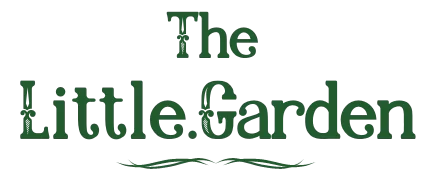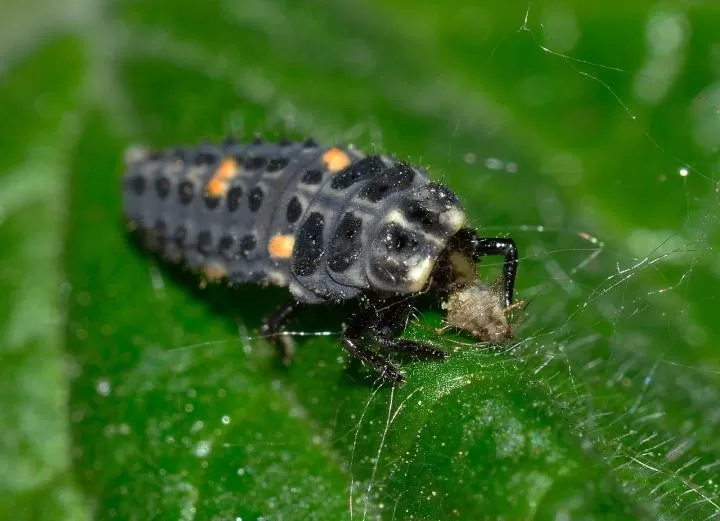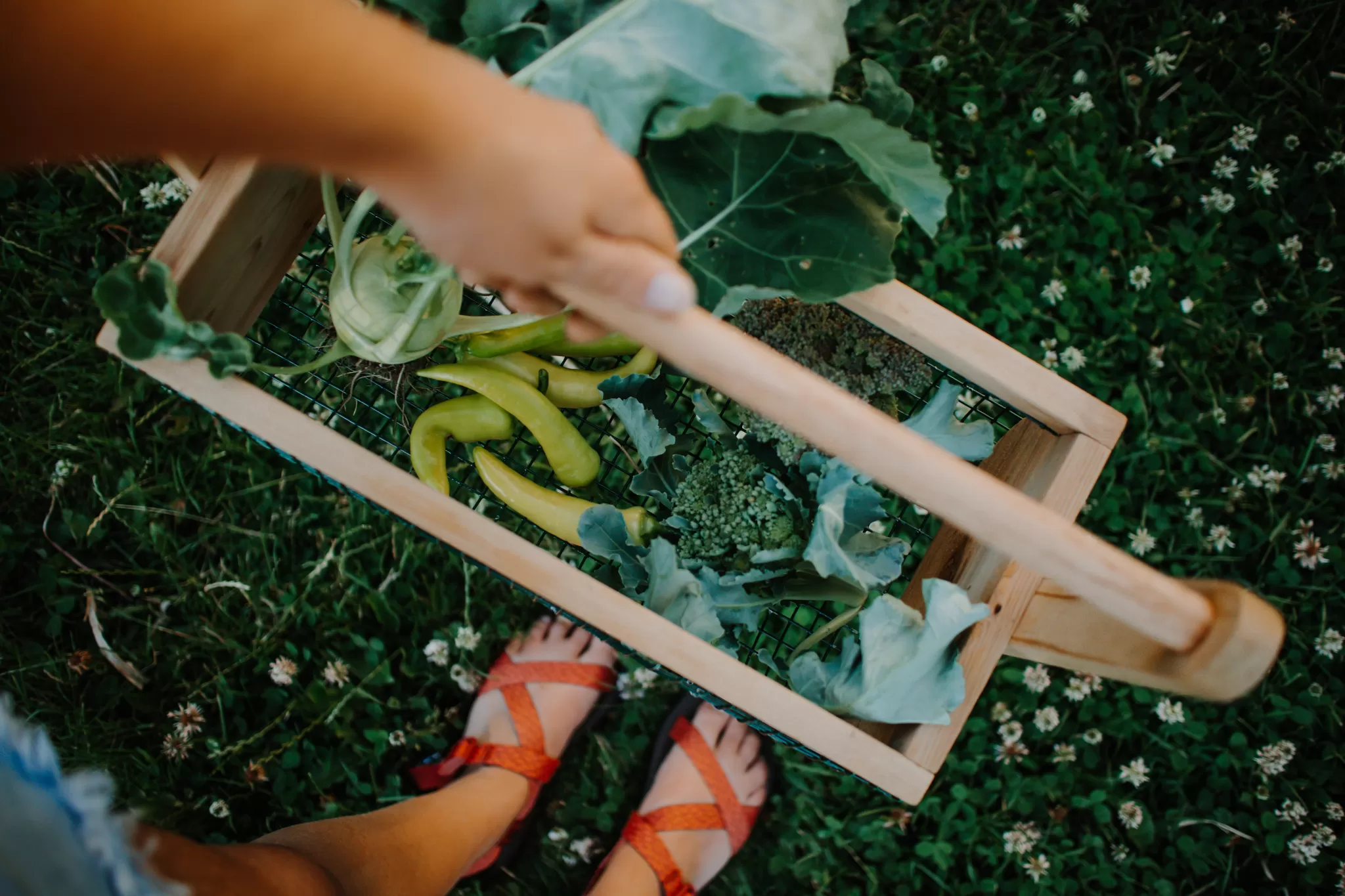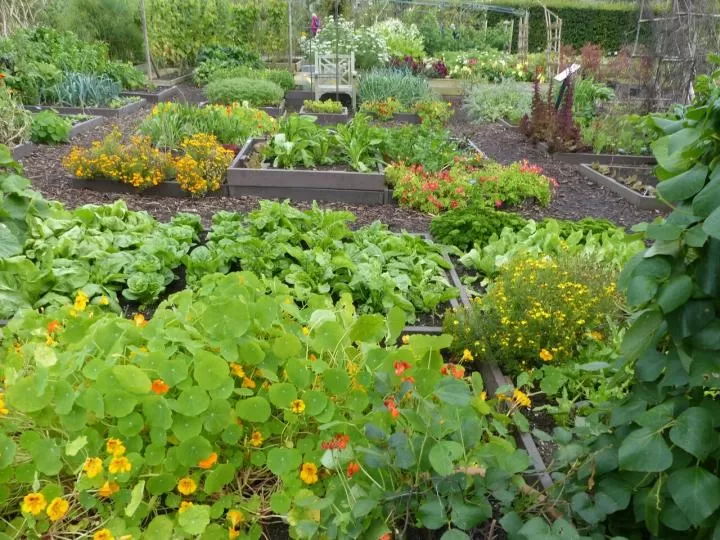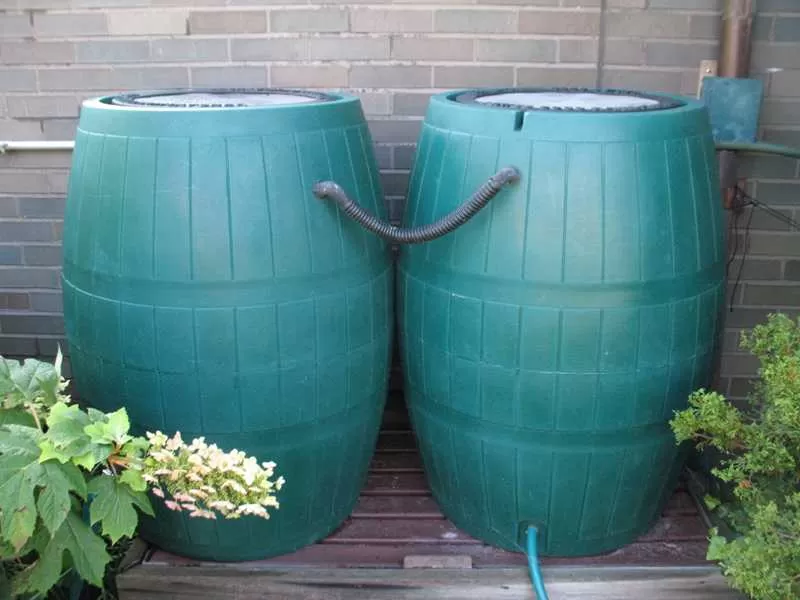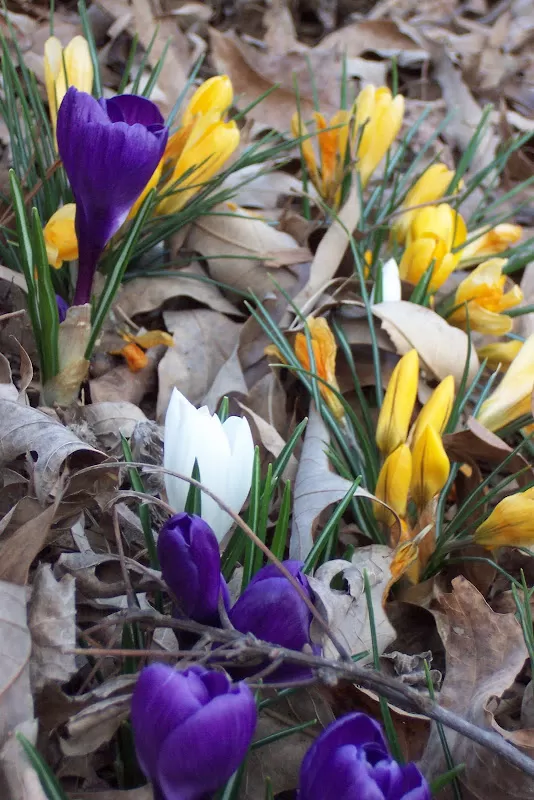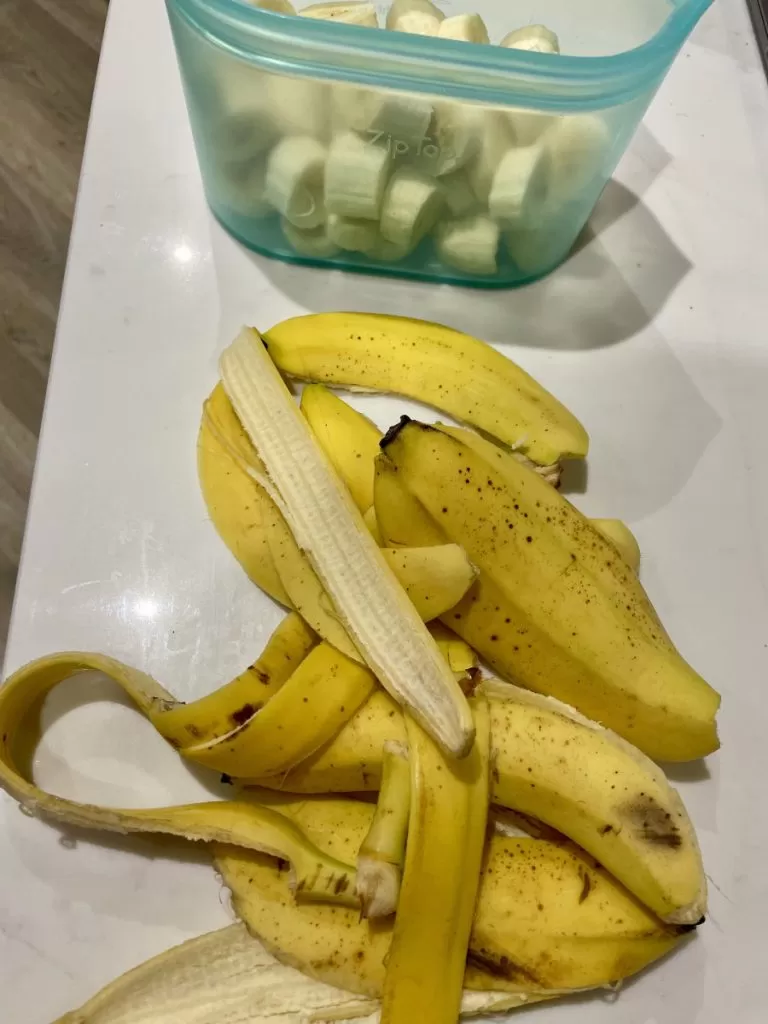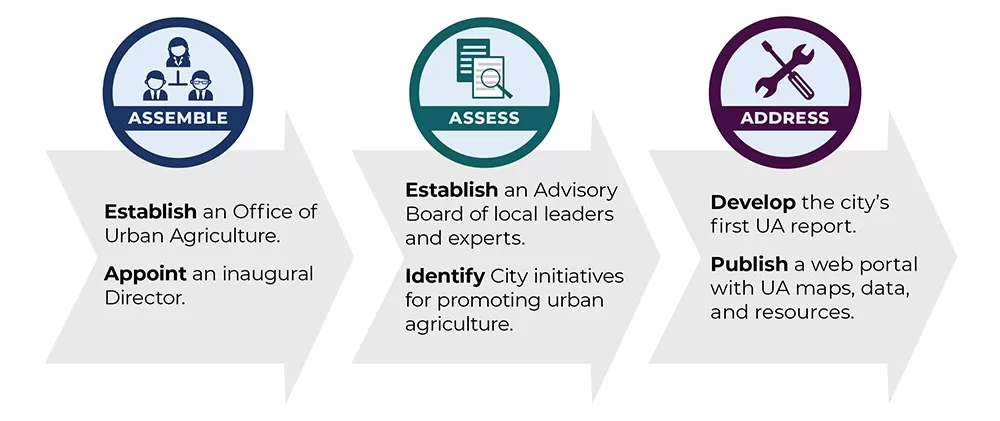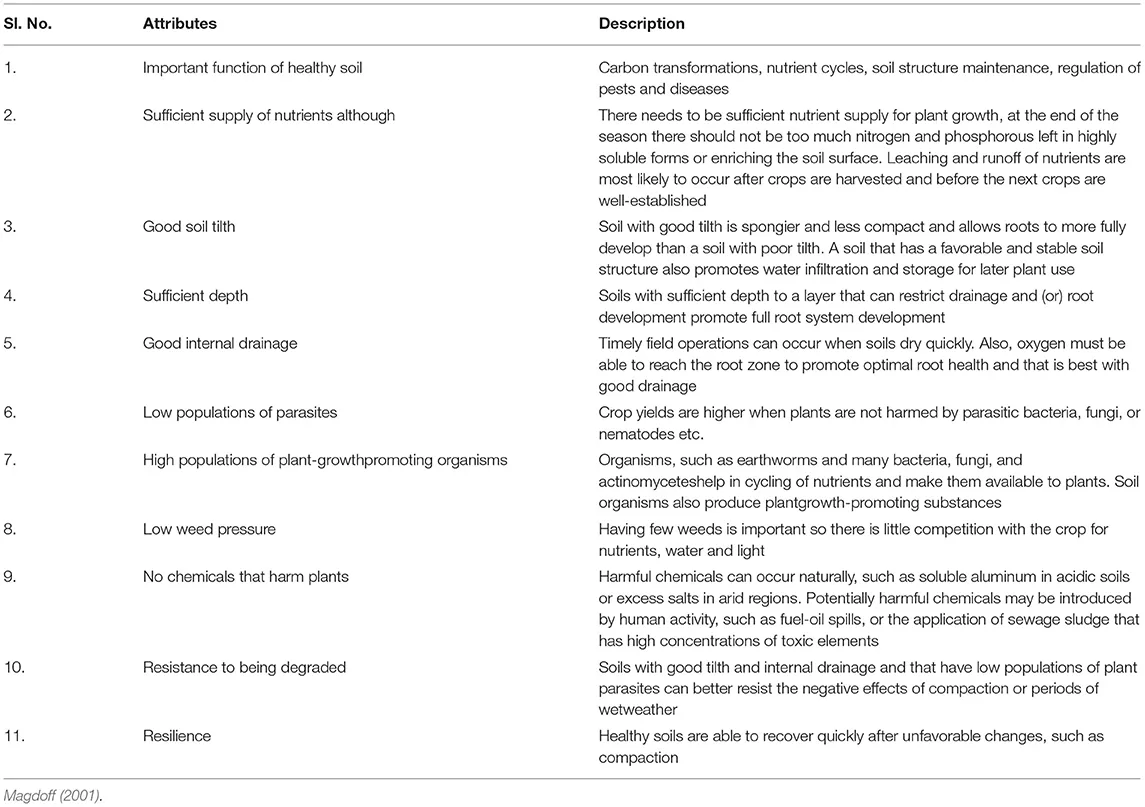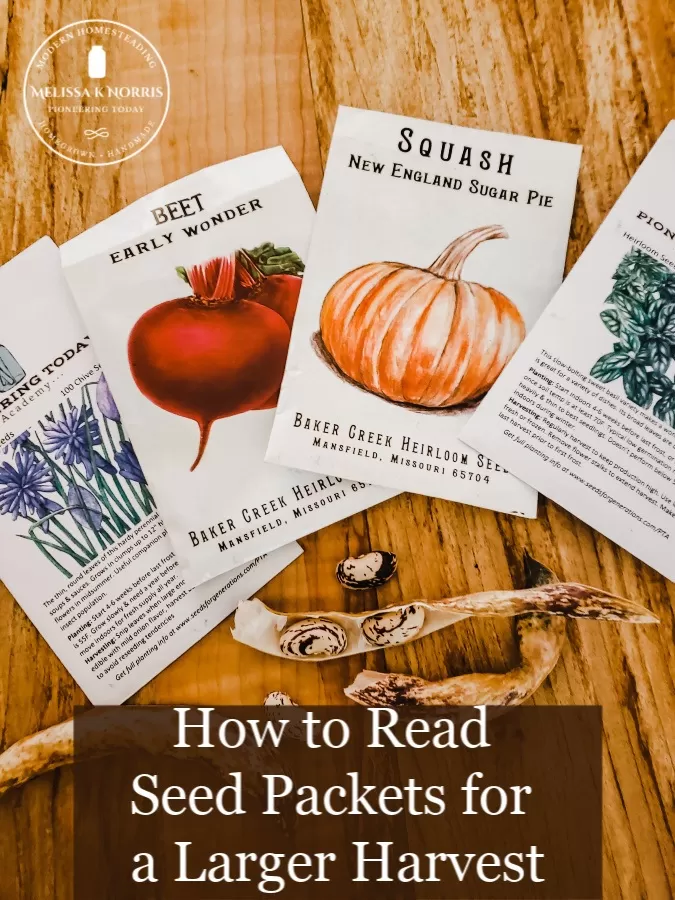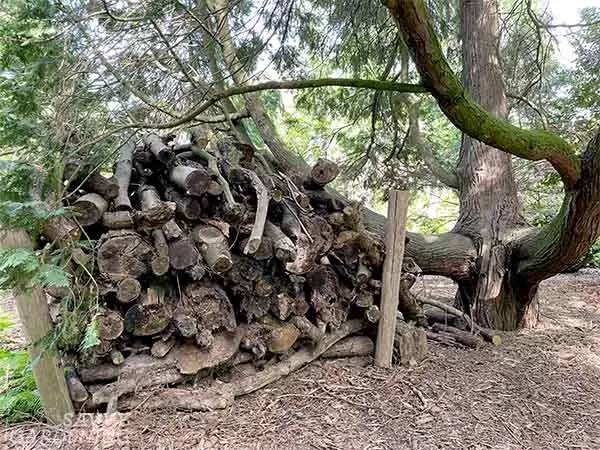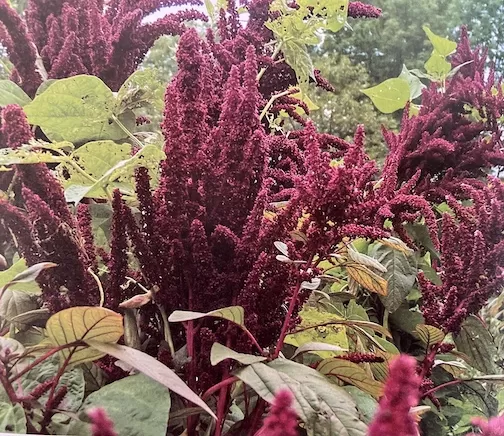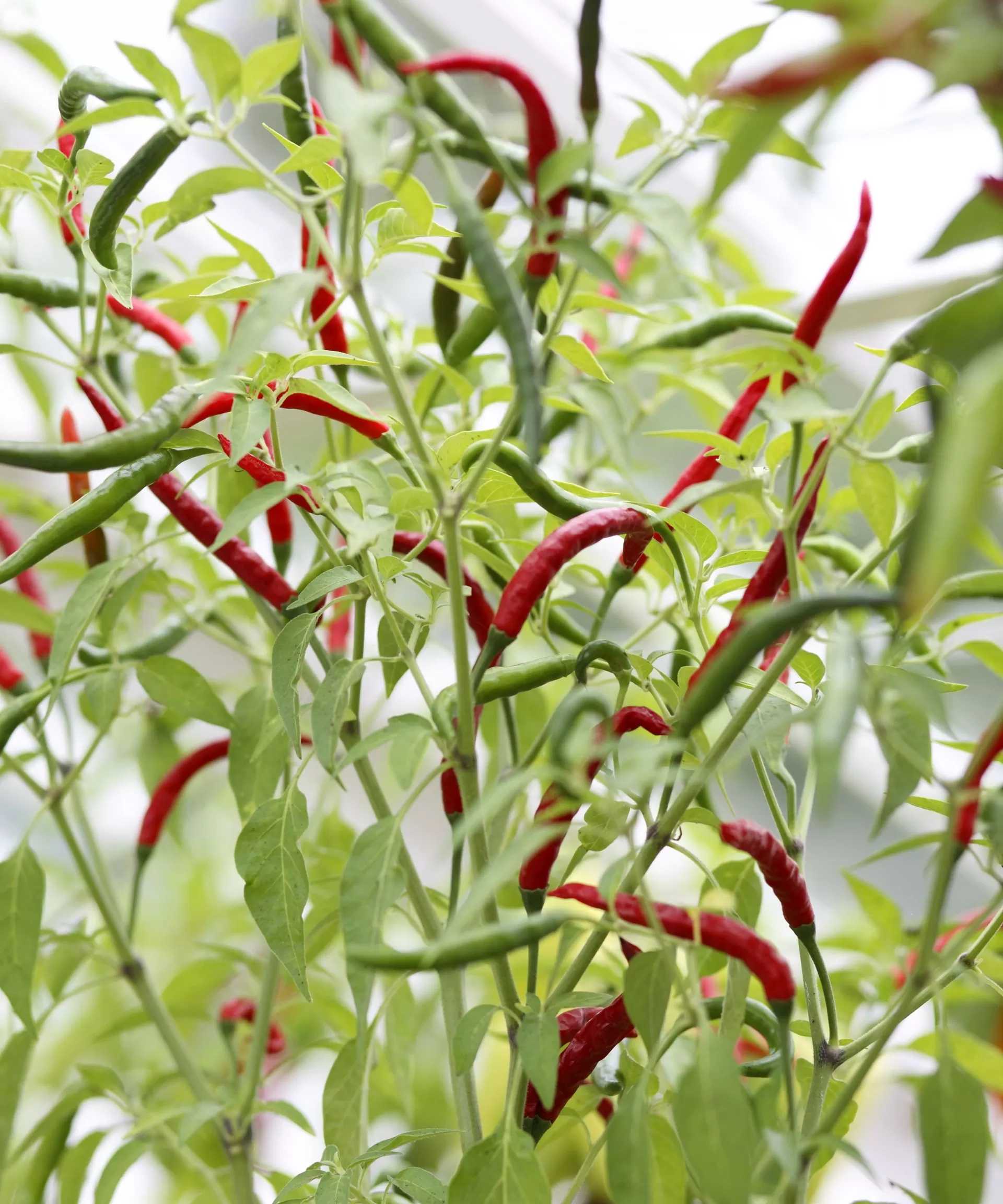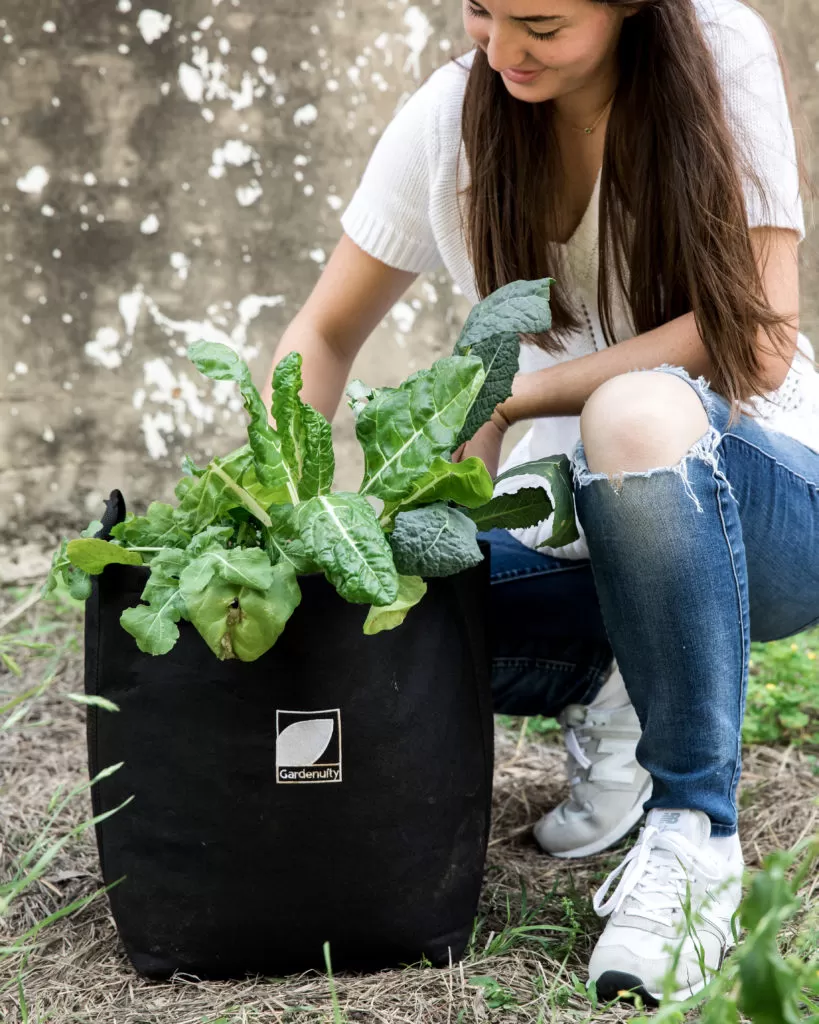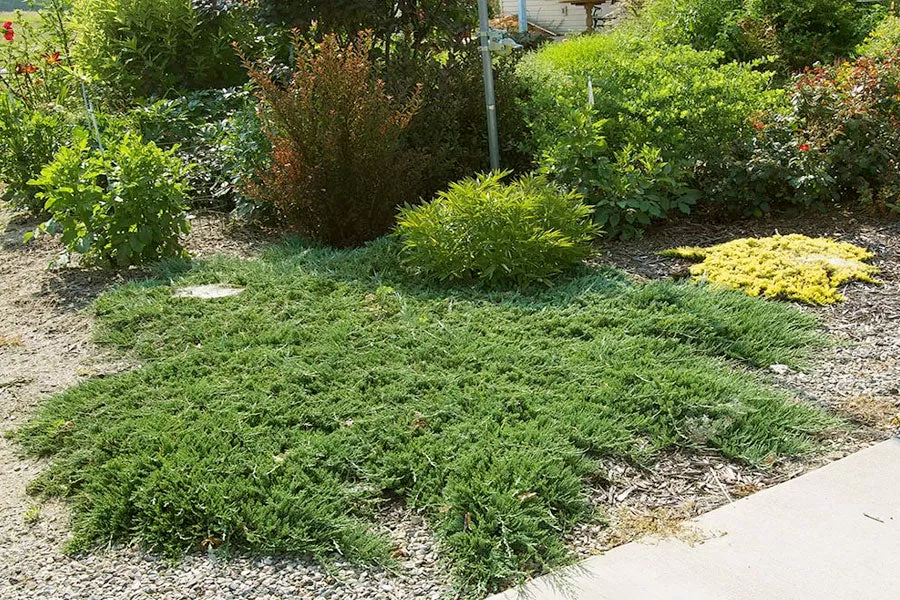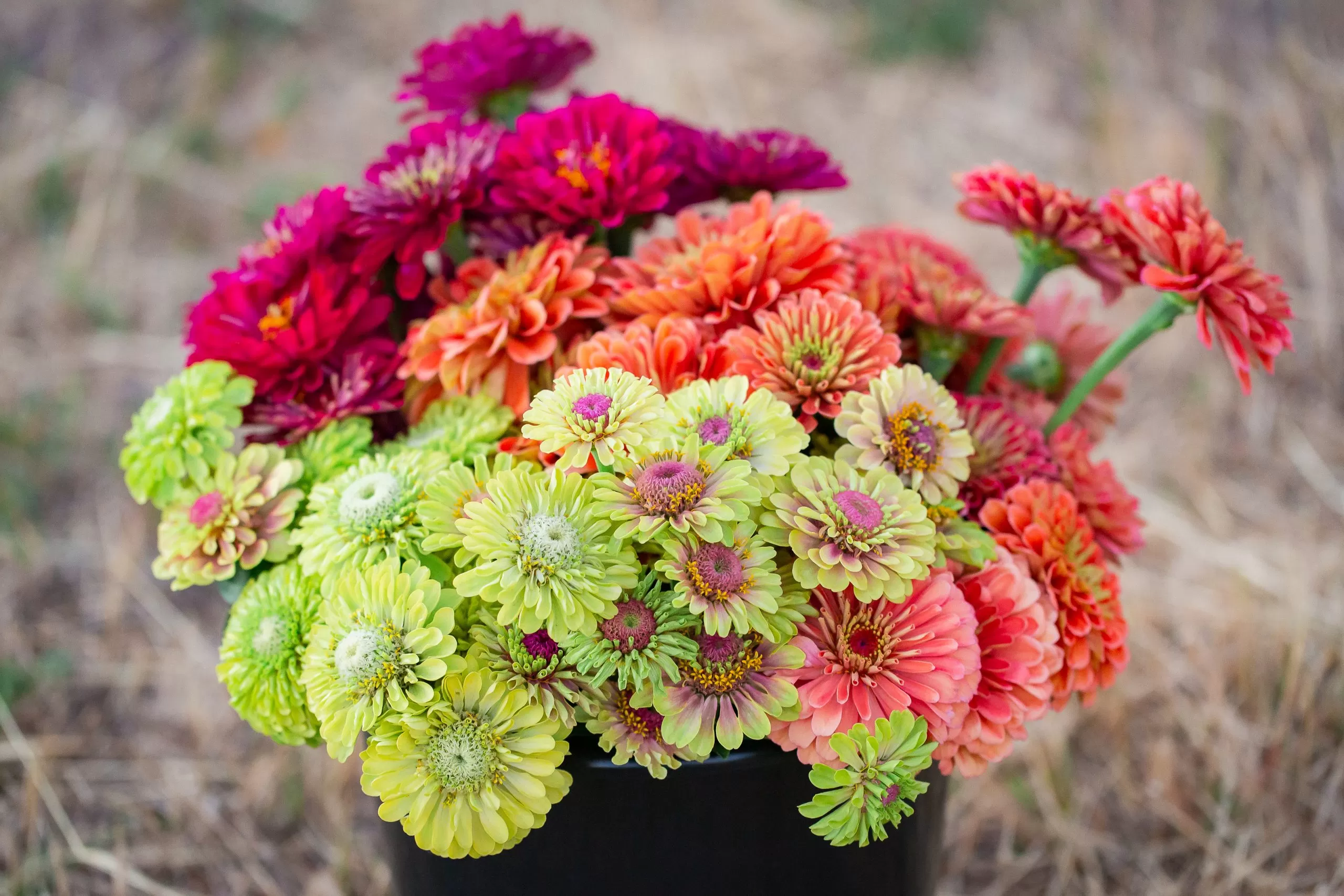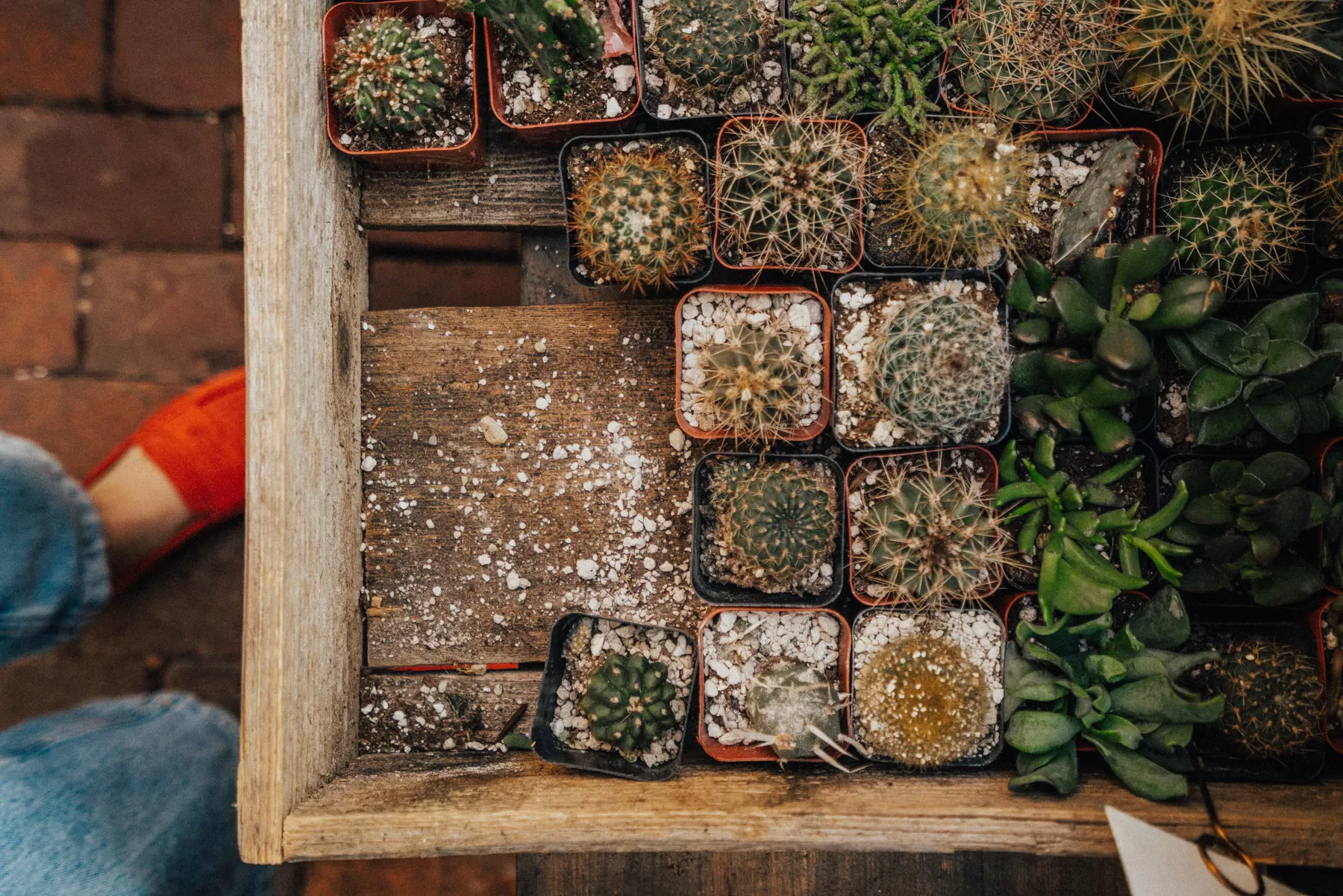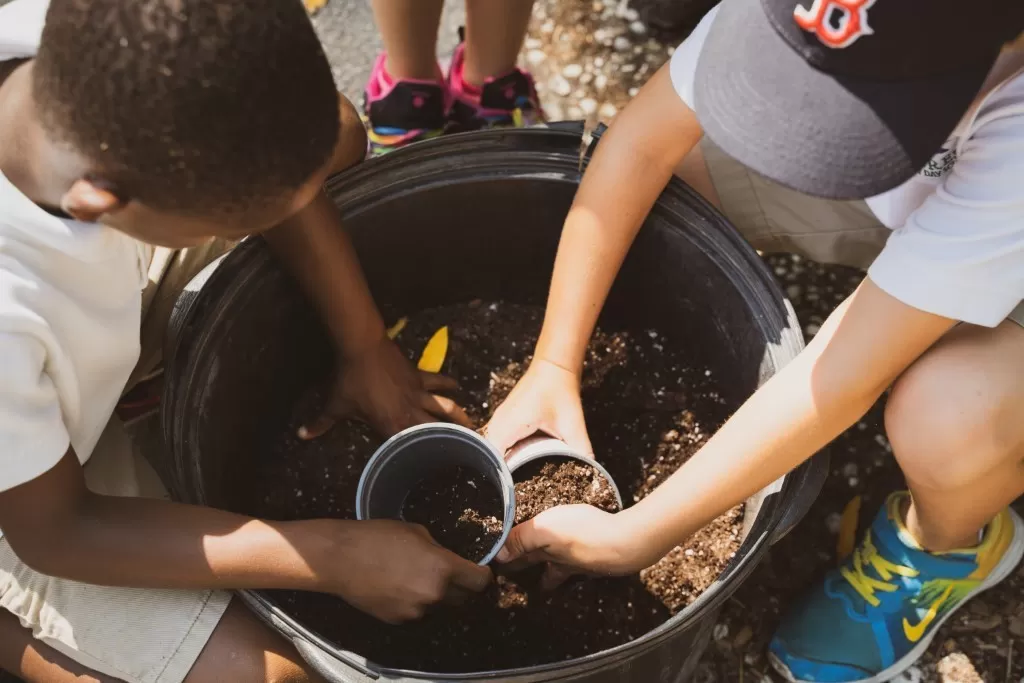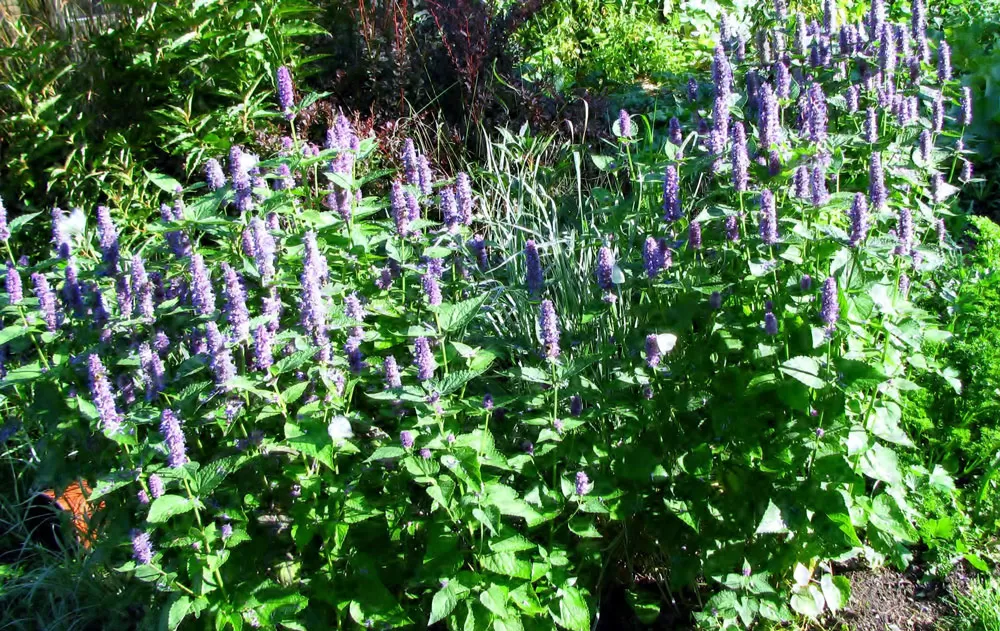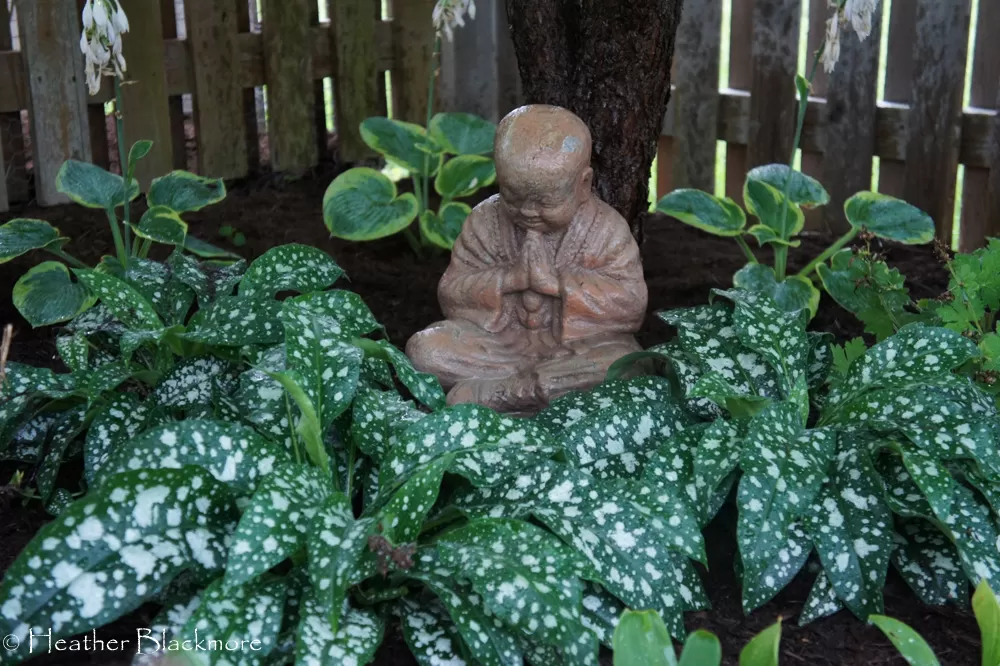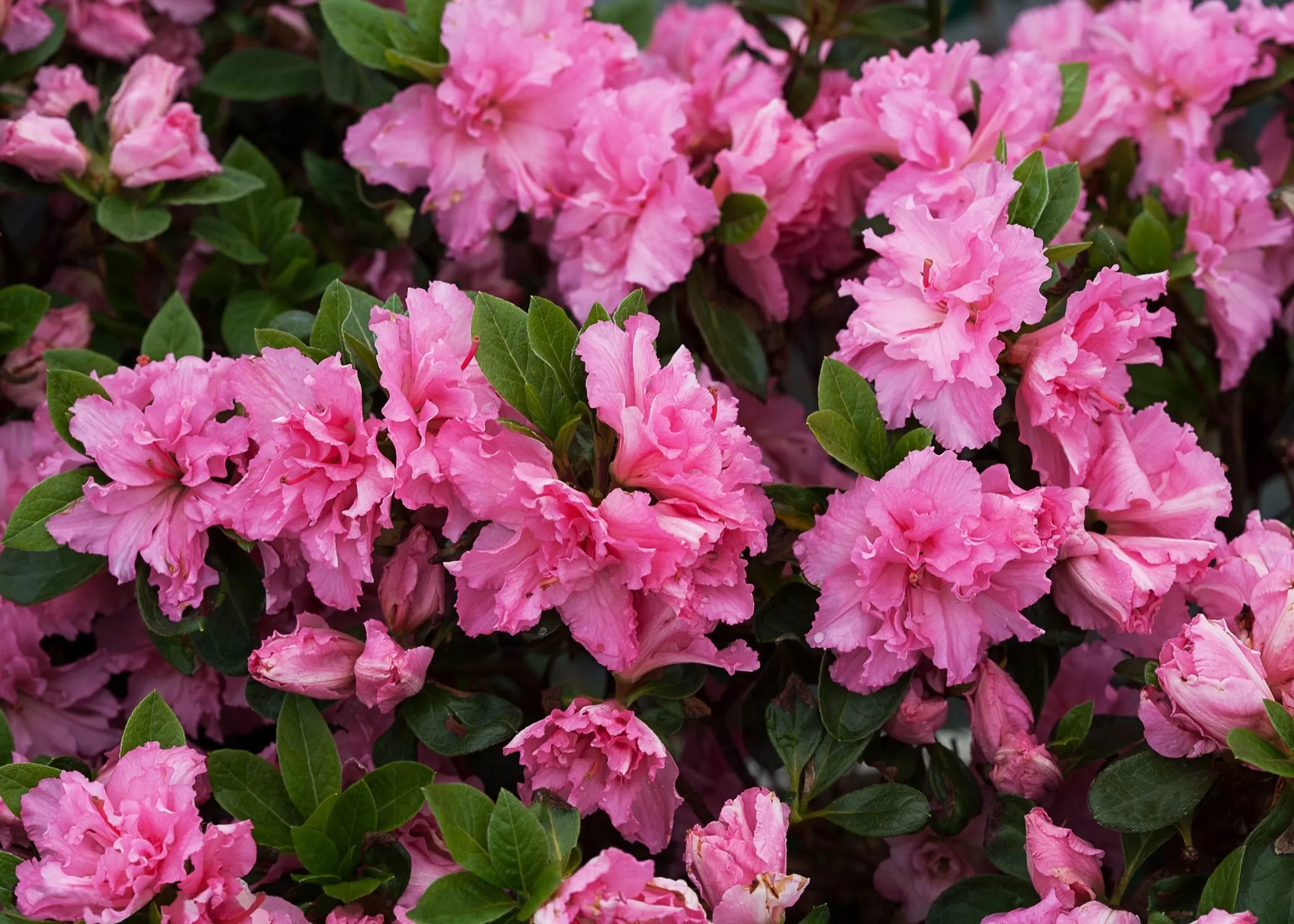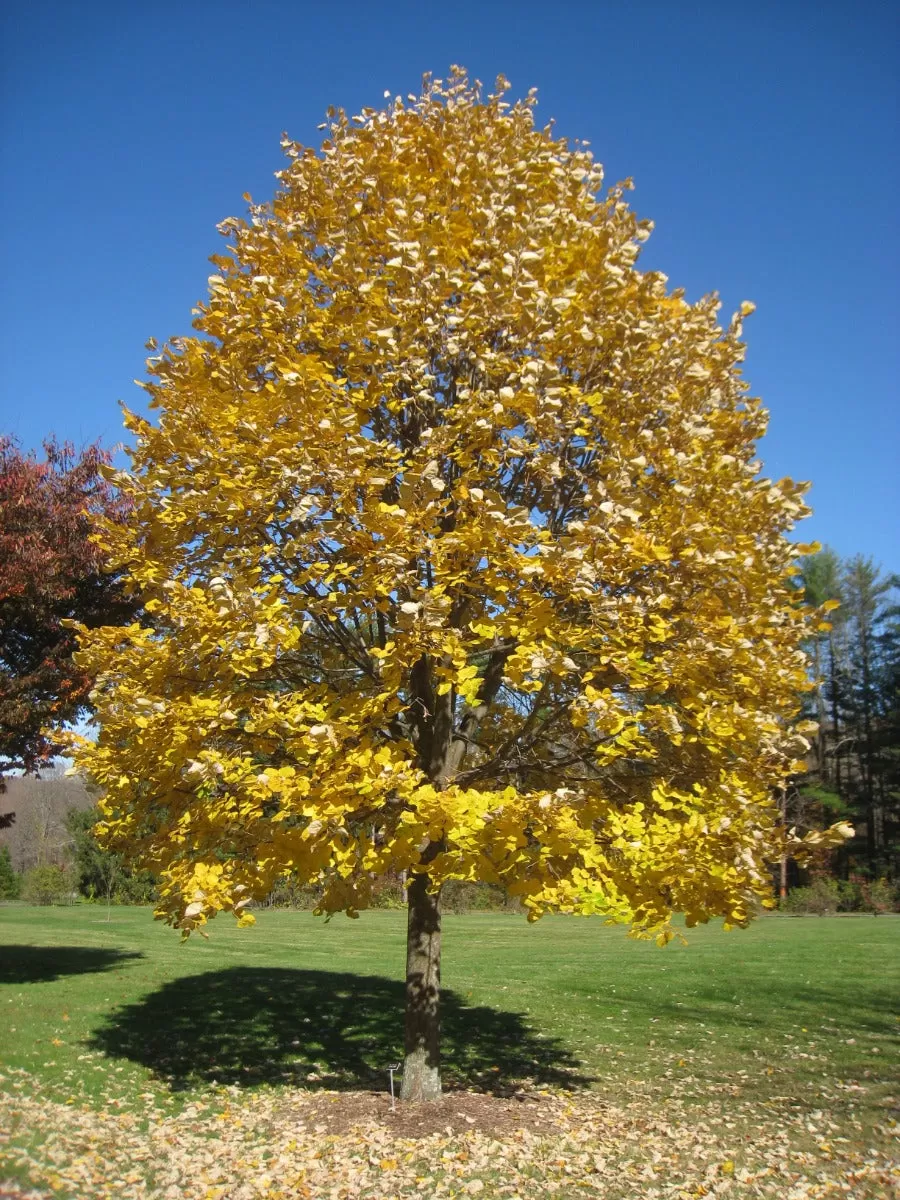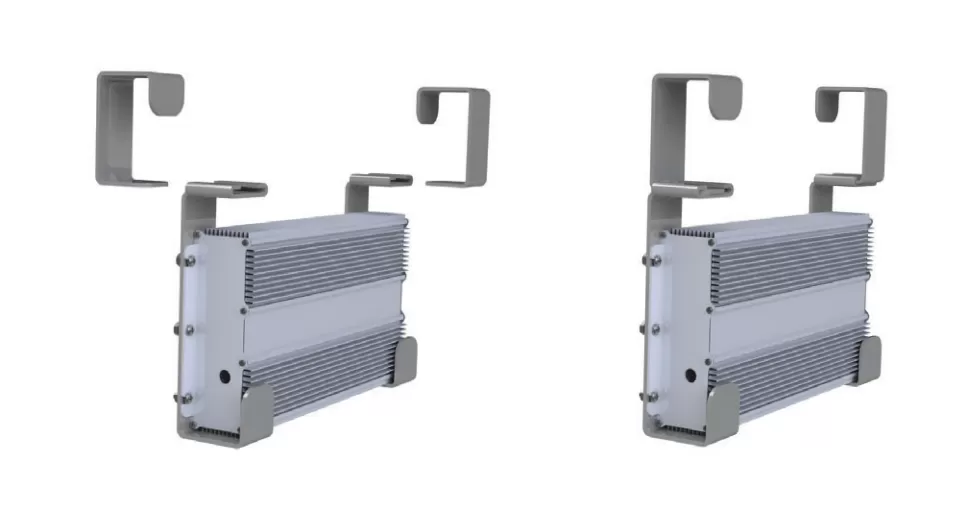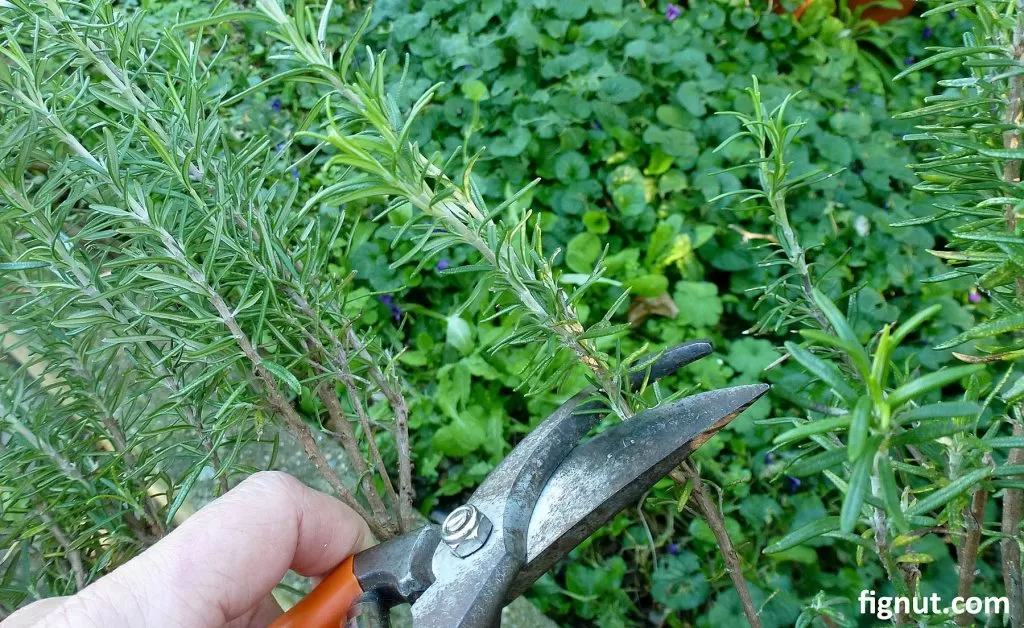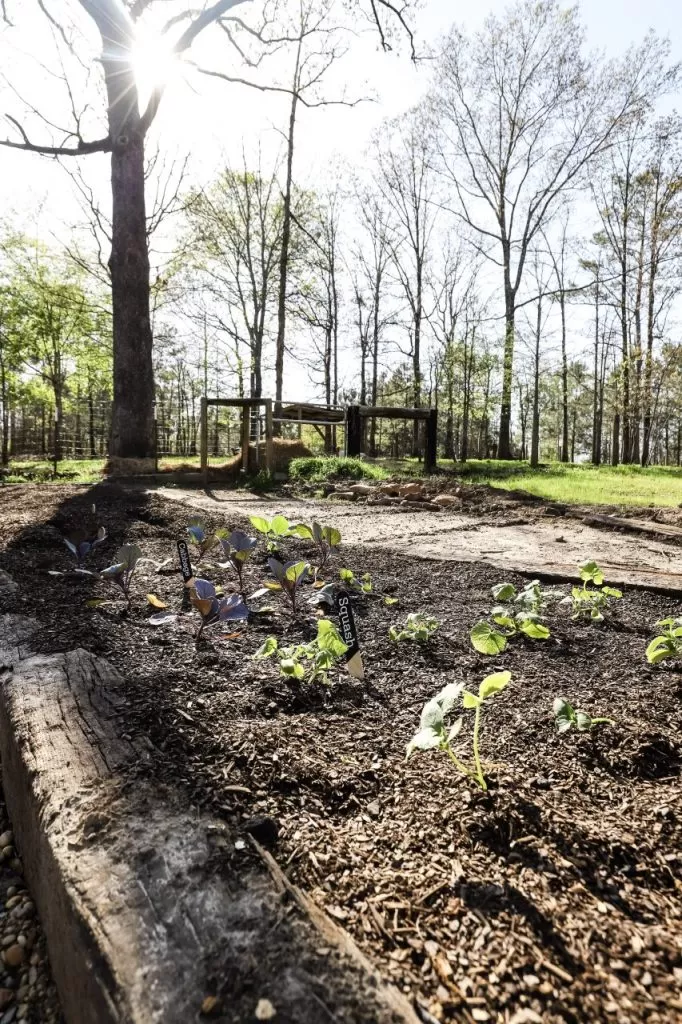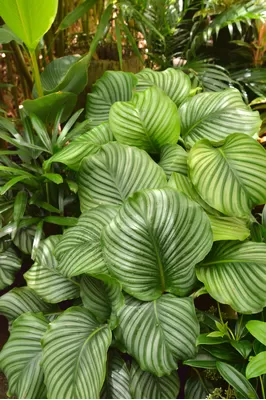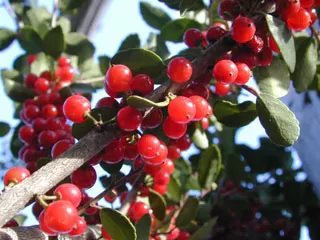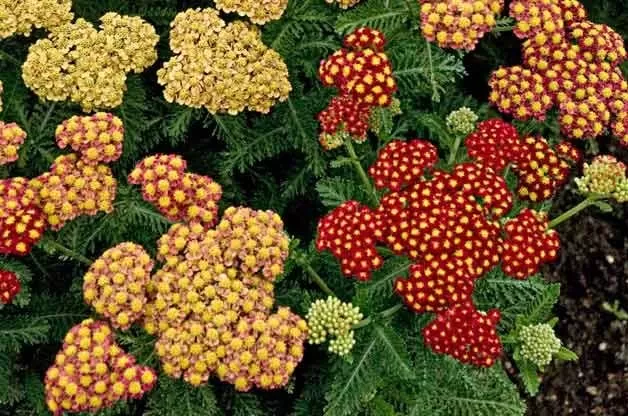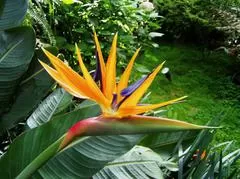Creating a beautiful garden is one of the most rewarding ways to connect with nature and enhance your home’s curb appeal. A well-designed flower bed can transform a dull space into a vibrant oasis, attracting beneficial insects and providing a burst of color throughout the seasons. Whether you’re a seasoned green thumb or just starting out, exploring different flower bed ideas is the first step towards cultivating your dream garden.
Here are some key takeaways to get your flower bed journey started:
- Preparation is Key: Healthy soil and planning are fundamental to success.
- Layer for Depth: Use plants of varying heights for a lush, full look.
- Think Seasonally: Combine annuals, perennials, and evergreens for year-round interest.
- Express Yourself: Your flower beds are a canvas for your personal style.
- Function Meets Beauty: Flower beds can serve purposes beyond aesthetics, like attracting pollinators or managing slopes.
Ready to dig in? Let’s explore a world of creative flower bed ideas that can help you design a space you’ll love to spend time in.
Contents
- Laying the Groundwork: Essential Tips for Thriving Flower Beds
- Unleash Your Creativity: Inspiring Flower Bed Ideas for Every Space
- Attracting Beneficial Visitors
- Effortless Beauty
- Design with Layers
- Define Your Space
- Utilizing Existing Structures
- Embracing Unique Locations & Shapes
- Designing with Specific Aesthetics
- Solving for Shade
- Beyond the Ground
- Enhancing Pathways and Entries
- Integrating into Landscape Features
- Adding Texture and Decor
- Creating Outdoor Living Spaces
- Other Inspiring Concepts
- Cultivate Your Dream Garden
Laying the Groundwork: Essential Tips for Thriving Flower Beds
Before you start picking out your favorite blooms, a little preparation goes a long way in ensuring your flower beds flourish. Think of this as building a strong foundation for your floral masterpiece.
First, focus on the soil. Healthy soil is the lifeblood of a thriving garden. Take the time to turn over the top few inches, breaking up compacted areas and removing weeds. This is also the perfect opportunity to amend your soil with compost or fertilizer. Aerating the soil improves drainage and allows roots to access nutrients more easily.
Next, it’s time to plan. Don’t just grab plants on impulse! Consider your local climate and the specific conditions of the area you plan to plant in. Does it get full sun or dappled shade? What plants are native to your region and likely to thrive with less effort? Knowing these factors will help you choose plants that are set up for success. Also, think about the color palette you want to achieve. Will you go for bold contrasts or a soothing, monochromatic look?
Consider the structure and layering of your plants. A common technique is to place taller plants towards the back of the bed (if viewed from one side), mid-height plants in the middle, and shorter plants or groundcover along the front edge. This creates visual depth and ensures that all your beautiful flowers can be seen.
Seasonality is another important factor. To enjoy continuous color and interest, incorporate a mix of plants with different bloom times. Perennials will return year after year, while annuals offer vibrant color for a single season. Don’t forget evergreen shrubs or groundcovers; they provide structure and a touch of green during the colder months.
Finally, ongoing maintenance is crucial. Once your flower bed is planted, adding a layer of mulch helps retain soil moisture, suppress weeds, and regulate soil temperature. Regular weeding prevents competition for resources, and watering as needed keeps your plants hydrated, especially during dry spells. These simple steps will keep your flower beds looking their best.
Unleash Your Creativity: Inspiring Flower Bed Ideas for Every Space
Now for the fun part! With the groundwork laid, let’s explore a diverse range of flower bed ideas to spark your imagination. From attracting wildlife to creating cozy retreats, there’s a design concept for every gardener and every space.
Attracting Beneficial Visitors
Creating a garden that supports local wildlife is incredibly rewarding.
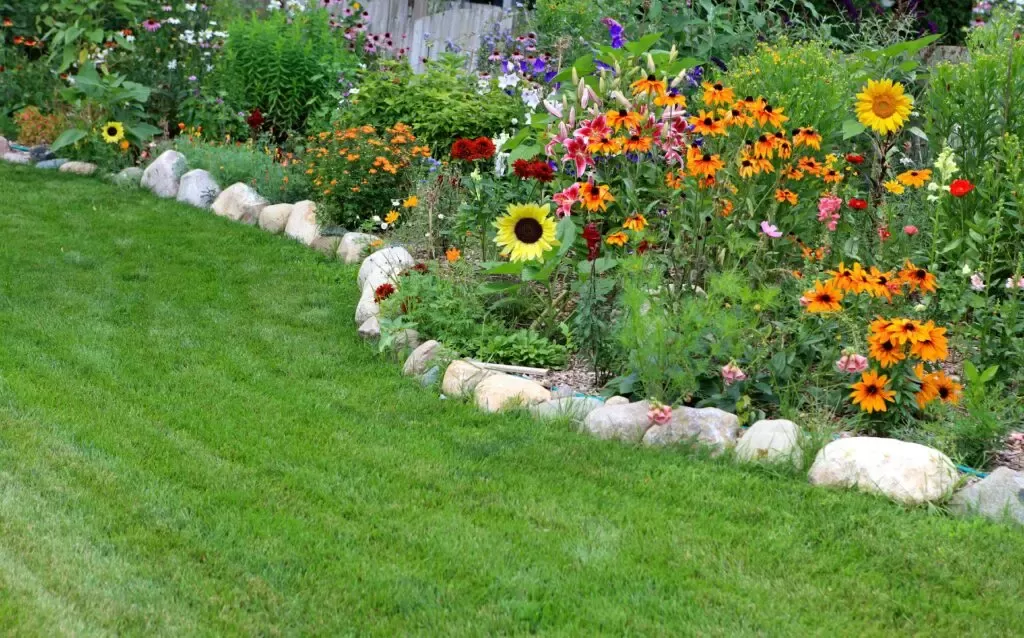 flower beds ideas, plant a pollinator gardenA pollinator flower bed is designed to attract bees, butterflies, hummingbirds, and other helpful creatures. Research plants native to your area that are known attractants. For instance, Cornflower (Centaurea cyanus) is a favorite of many pollinators, and Salvia (Salvia) varieties are known to draw in hummingbirds. It’s a beautiful way to contribute to your local ecosystem.
flower beds ideas, plant a pollinator gardenA pollinator flower bed is designed to attract bees, butterflies, hummingbirds, and other helpful creatures. Research plants native to your area that are known attractants. For instance, Cornflower (Centaurea cyanus) is a favorite of many pollinators, and Salvia (Salvia) varieties are known to draw in hummingbirds. It’s a beautiful way to contribute to your local ecosystem.
- Cornflower: Scientific Name: Centaurea cyanus, Common Name: Bachelor’s Button, Zone: 2-11, Light: Full Sun, Humidity: Low to Moderate, Water: Low to Moderate
- Salvia: Scientific Name: Salvia spp., Common Name: Sage, Zone: Varies widely by species (e.g., 4-10), Light: Full Sun to Partial Shade (species dependent), Humidity: Varies, Water: Varies (many drought-tolerant)
Effortless Beauty
Not everyone has hours to dedicate to garden upkeep.
 Flower bed ideas, create a low maintenance gardenA low-maintenance flower bed focuses on hardy plants, especially those native to your region. Native plants are adapted to your soil and climate conditions, requiring less watering, fertilizing, and pest control once established. This approach lets you enjoy the beauty of a garden with minimal fuss.
Flower bed ideas, create a low maintenance gardenA low-maintenance flower bed focuses on hardy plants, especially those native to your region. Native plants are adapted to your soil and climate conditions, requiring less watering, fertilizing, and pest control once established. This approach lets you enjoy the beauty of a garden with minimal fuss.
Design with Layers
As mentioned in our tips, layering adds visual interest and depth.
 colorful flowers in a perennial flower bed garden layered on top of each otherA layered flower bed uses plants of varying heights to create a lush, full appearance. You can play with color combinations, using contrasting hues for a dramatic effect or different shades of a single color for a softer, ombre look.
colorful flowers in a perennial flower bed garden layered on top of each otherA layered flower bed uses plants of varying heights to create a lush, full appearance. You can play with color combinations, using contrasting hues for a dramatic effect or different shades of a single color for a softer, ombre look.
Define Your Space
The edges of your garden beds play a big role in defining your landscape’s structure.
 a yard flower bed with brick edging for this colorful gardenCreating flower beds with unique edging using materials like bricks, wood, stone, or metal provides a clean line that separates the garden from the lawn or pathway. This adds a polished, intentional look to your design.
a yard flower bed with brick edging for this colorful gardenCreating flower beds with unique edging using materials like bricks, wood, stone, or metal provides a clean line that separates the garden from the lawn or pathway. This adds a polished, intentional look to your design.
Alternatively, a flower bed with no physical edging can create a softer, more natural transition. You can achieve a neat look by simply using a spade to maintain a crisp line between the soil and the surrounding turf or path.
 no edging around a perennial flower bed
no edging around a perennial flower bed
Utilizing Existing Structures
Look around your yard for opportunities to incorporate flowers.
 flowers along a fence lineLining a fence with a flower bed can soften the hard lines of the structure and add vibrant color. Taller plants or ornamental grasses can even provide a bit of extra privacy.
flowers along a fence lineLining a fence with a flower bed can soften the hard lines of the structure and add vibrant color. Taller plants or ornamental grasses can even provide a bit of extra privacy.
 a plant bed around a tree trunkA tree base flower bed adds color and interest around the trunk of a mature tree. Just be mindful of the tree’s roots and watering needs.
a plant bed around a tree trunkA tree base flower bed adds color and interest around the trunk of a mature tree. Just be mindful of the tree’s roots and watering needs.
 peerennial flower bed along the side of a houseDon’t forget about the side yard flower bed. This often-overlooked space can be beautifully enhanced with thoughtful plantings, contributing to the overall landscape design.
peerennial flower bed along the side of a houseDon’t forget about the side yard flower bed. This often-overlooked space can be beautifully enhanced with thoughtful plantings, contributing to the overall landscape design.
Embracing Unique Locations & Shapes
Think beyond the standard rectangular bed.
 a round flower bed in a front yardAdding a retaining wall can create elevated flower beds, perfect for sloped yards or adding multi-level interest.
a round flower bed in a front yardAdding a retaining wall can create elevated flower beds, perfect for sloped yards or adding multi-level interest.
 a curved flower bedDesigning unique shaped flower beds, such as curves or circles, can make a space feel more fluid and inviting.
a curved flower bedDesigning unique shaped flower beds, such as curves or circles, can make a space feel more fluid and inviting.
.
Flower beds are also a fantastic way to fill in a slope or an awkward corner, transforming an unused area into a beautiful feature.
Designing with Specific Aesthetics
Your flower beds are a reflection of your personal taste.
 a plant bed with one color flowerA single species modern flower bed creates a striking, minimalist look by focusing on just one type of flower, perhaps in varying colors for subtle variation. Roses (Rosa spp.) and Peonies (Paeonia spp.) are popular choices for this approach.
a plant bed with one color flowerA single species modern flower bed creates a striking, minimalist look by focusing on just one type of flower, perhaps in varying colors for subtle variation. Roses (Rosa spp.) and Peonies (Paeonia spp.) are popular choices for this approach.
 a lush green gardenSimilarly, a monotone flower bed uses plants primarily in one color family (not just green!), relying on different textures and shapes for visual interest.
a lush green gardenSimilarly, a monotone flower bed uses plants primarily in one color family (not just green!), relying on different textures and shapes for visual interest.
 bright flowers mixed togetherFor a less formal look, embracing the wild side with a wildflower garden can offer a charming, carefree aesthetic.
bright flowers mixed togetherFor a less formal look, embracing the wild side with a wildflower garden can offer a charming, carefree aesthetic.
, Light: Full Sun, Humidity: Moderate, Water: Moderate
- Peonies: Scientific Name: Paeonia spp., Common Name: Peony, Zone: Varies by species (e.g., 3-8), Light: Full Sun to Partial Shade, Humidity: Moderate, Water: Moderate
Solving for Shade
Got a shady spot where grass struggles to grow?
 flower bed ideas, create a garden for shade loving plants where it may be hard to grow grass or other plantsA shade lovers flower bed is the perfect solution. Many beautiful plants thrive in lower light conditions. Impatiens (Impatiens walleriana) and Begonias (Begonia spp.) are classic choices for adding color to shady areas.
flower bed ideas, create a garden for shade loving plants where it may be hard to grow grass or other plantsA shade lovers flower bed is the perfect solution. Many beautiful plants thrive in lower light conditions. Impatiens (Impatiens walleriana) and Begonias (Begonia spp.) are classic choices for adding color to shady areas.
- Impatiens: Scientific Name: Impatiens walleriana, Common Name: Busy Lizzie, Zone: 10-11 (usually grown as annual), Light: Partial Shade to Full Shade, Humidity: High, Water: High
- Begonias: Scientific Name: Begonia spp., Common Name: Begonia, Zone: Varies by species (many 9-11), Light: Partial Shade to Full Shade (species dependent), Humidity: Moderate to High, Water: Moderate to High
Beyond the Ground
Think vertically and use containers to maximize space and flexibility.
 small flowers in a variety of different containersYou can create a flower bed-like space with flower pots, grouping various containers together. This is ideal for small patios, balconies, or adding temporary pops of color.
small flowers in a variety of different containersYou can create a flower bed-like space with flower pots, grouping various containers together. This is ideal for small patios, balconies, or adding temporary pops of color.
.
For tight spaces, a vertical flower bed utilizes walls or trellises to grow plants upwards. Raised beds also offer verticality and make gardening more accessible.
Enhancing Pathways and Entries
Guide visitors through your garden and boost curb appeal.
.
Lining a walkway with flower beds creates a welcoming path and adds color along the way.
.
Similarly, adding style to your steps by planting flowers along the sides can soften hardscaping and add charm to transitions between levels.
.
A simple but effective way to boost curb appeal is creating a mailbox flower bed, using lower-growing, colorful plants.
Integrating into Landscape Features
Use flower beds to complement or define other areas of your yard.
.
If you have an ADU (accessory dwelling unit) or shed, spruce up an ADU by surrounding it with flower beds to make it feel integrated into the landscape.
.
Creating a gravel yard or seating area bordered by flower beds adds definition and softens the harder surface.
.
Following your own path by connecting different flower beds throughout the yard with pathways creates a cohesive garden journey.
Adding Texture and Decor
Don’t underestimate the power of variety and thoughtful accents.
.
Play with texture by mixing different plant forms, leaf shapes, and bloom types. Incorporating ornamental grasses like Miscanthus (Miscanthus sinensis) alongside flowers adds dynamic movement and structure.
.
Don’t forget to decorate! Garden art, bird baths, fountains, or even interesting stones can add personality and focal points to your flower beds.
- Miscanthus grass: Scientific Name: Miscanthus sinensis, Common Name: Chinese Silver Grass, Zone: 4-9, Light: Full Sun to Partial Shade, Humidity: Moderate, Water: Moderate
Creating Outdoor Living Spaces
Flower beds can enhance areas designed for relaxation and entertaining.
.
Enhancing your entertaining space by surrounding patios or decks with flower beds adds ambiance and defines the area.
.
Built-in flower beds integrated into decks or patios offer a seamless look and are great for smaller spaces.
.
Finally, create a romantic escape by designing a secluded flower bed filled with fragrant blooms like roses and lavender, perhaps adding a cozy bench or bistro set for a peaceful retreat.
Other Inspiring Concepts
- Improve Your View: Design a flower bed specifically to be enjoyed from a favorite window inside your home.
. - Go Natural: Opt for a less formal design using natural materials like river rocks and incorporating plants in a way that mimics a wild landscape.
. - Channel English Style: Create lush, overflowing beds filled with classic cottage garden favorites and soft pastel colors for a romantic, slightly informal look.
.
Cultivate Your Dream Garden
We hope these diverse flower bed ideas have ignited your passion for planting and designing your outdoor space. From simple borders to elaborate retreats, the possibilities are endless. Remember, the key is to start with healthy soil, plan thoughtfully, and choose plants suited to your conditions and style.
Which of these flower bed ideas resonates most with you? Do you have a unique flower bed design you’d love to share? Let us know in the comments below! For more garden inspiration and practical tips, explore other articles on Thelittle.garden. Happy planting!
